前回は、骨粗鬆症予防のために推奨されている活動量について紹介しました。
7000-8000歩/日の歩数、15-20分/日の中等度運動ができるのがいいようです。
がん患者さんに推奨されている運動量と同等な印象ですが、なかなかハードルが高い印象ですね・・・。
活動量をアップさせる目的は骨量だけでなく、筋量の低下予防も大きいと思います。
そこで今回は、地域在住高齢者を対象に、どの程度の歩数を歩くことが筋量減少、すなわちサルコペニアの予防に効果があるのかを調査した日本の研究を紹介します。
・高齢者の筋量は毎日の運動時間や歩数と関連していた。
・少なくとも7,000〜8,000歩/日、3METs以上の活動を15〜20分/日を行っている高齢者は、サルコペニアにはなりにくいようである。
・軽いウォーキングだけでなく、中等度の強度の運動も大事!!
今回紹介する研究の概要
今回紹介する論文は、地域在住高齢者を対象に、どどの程度の歩数を歩くことがサルコペニアの予防にに効果があるのかを調査した内容になっています。
「Park H, Park S, Shephard RJ, et . Yearlong physical activity and sarcopenia in older adults: the Nakanojo Study. Eur J Appl Physiol. 2010 Jul;109(5):953-61.」、2010年に発行された少し古い論文です。
大豆由来のこだわりプロテイン「ジェシカズ・フォーミュラ」対象
The subjects were a convenience sample of 78 male and 97 female Japanese volunteers aged 6584 years, residents in the town of Nakanojo (population of about 18,000). Participants gave written informed consent to this institutionally approved investigation, after the protocol, stresses and possible risks had been fully explained to them. All had completed a detailed medical examination as a part of the overall Nakanojo Study (Aoyagi and Shephard 2009, 2010; Aoyagi et al. 2009; Park et al. 2007, 2008; Togo et al. 2005, 2008; Yasunaga et al. 2006, 2007, 2008; Yoshiuchi et al. 2006). They were ambulatory, without evidence of orthopedic problems, cognitive impairment, speciWc myopathies or chronic or terminal illness that could aVect the variables under investigation.
Park H, Park S, Shephard RJ, et . Yearlong physical activity and sarcopenia in older adults: the Nakanojo Study. Eur J Appl Physiol. 2010 Jul;109(5):953-61.
群馬県中之条町の65歳以上の住民を対象に、日常の身体活動と病気予防の関係について行われている調査研究が2000年から開始されており、「中之条研究」といって、身体活動量を専門にしている医療者には非常に有名な研究です。
今回の対象者もその中之条研究に参加されている65-84歳の175名(男性78人、女性97人)です。
除外基準は、検査の結果に影響を及ぼしそうな整形外科疾患、認知機能低下、慢性または末期の病気を合併している症例としています。
大豆由来のこだわりプロテイン「ジェシカズ・フォーミュラ」方法
Subjects wore the recording device on their waist belts continuously for 1 year, between July 2002 and June 2003. The device has a storage capacity of up to 60 days, allowing data retrieval and battery replacement during a few minutes as part of regular monthly visits that subjects made to the Nakanojo Public Health Center. Data were reviewed and adjusted for very occasional recording problems, as previously described(Togo et al. 2005, 2008; Yasunaga et al. 2008) .
Skeletal muscle mass was measured by whole-body dual X-ray absorptiometer (DXA; DPX-L, Lunar Radiation Corp., Madison, WI, USA). The system software calculated the total mass, soft tissue attenuation ratios and the bone mineral mass for the selected regions. The soft tissue attenuation ratio was used to divide regional bone mineral-free tissue into fat and fat-free components. Total appendicular muscle mass was taken as the sum of arm and leg values; this estimate included a small and relatively constant amount of skin and connective tissue, together with any intramuscular fat infiltration. Sarcopenia (classes I + II) was defined as a value of muscle mass/height2 falling more than 1 standard deviation (SD) below the mean for a young and healthy reference population (Janssen et al. 2002). The specific cutoff values for arm, leg and appendicular sarcopenia were, respectively, 1.54, 4.96 and 6.53 kg/m2 in men and 1.16, 4.31 and 5.21 kg/m2 in women.
Park H, Park S, Shephard RJ, et . Yearlong physical activity and sarcopenia in older adults: the Nakanojo Study. Eur J Appl Physiol. 2010 Jul;109(5):953-61.
身体活動量の測定は腰に装着する活動量計を用いています。
歩数だけでなく、強度別の身体活動量が測定できる機種となっています。
筋量はDual Energy X-Ray Absorptiometry(DXA)という測定法を使用しています。
こちらは、骨量の測定でも使用される方法です。
今回は、上肢と下肢の筋量を測定して、サルコペニアの有無を判定しています。
大豆由来のこだわりプロテイン「ジェシカズ・フォーミュラ」結果
Park H, Park S, Shephard RJ, et . Yearlong physical activity and sarcopenia in older adults: the Nakanojo Study. Eur J Appl Physiol. 2010 Jul;109(5):953-61.
こちらの表は男女別や年齢別、サルコペニアの有無で結果を比較した表になります。
年齢が高いほど活動量が低下し、サルコペニアの対象者の方が活動量が低下している結果となっています。
Park H, Park S, Shephard RJ, et . Yearlong physical activity and sarcopenia in older adults: the Nakanojo Study. Eur J Appl Physiol. 2010 Jul;109(5):953-61.
こちらの表は、活動量と筋量の相関を、男女別や年齢別で確認しています。
数字が1.0に近づくほど、関係性が高いという結果になります。
基本的には性別や年齢がどうあれ、活動量と全身的な筋量は関係性があるようですが、特に、75歳以上の後期高齢者になると、活動量が高くなると筋量が多くなるといった関係が強くなっています。
Park H, Park S, Shephard RJ, et . Yearlong physical activity and sarcopenia in older adults: the Nakanojo Study. Eur J Appl Physiol. 2010 Jul;109(5):953-61.
こちらが身体活動量と筋量の相関を示したグラフになります。
右方向に行くほど活動量が高く、上方向に行くほど筋量が多いことを示しています。
基本的には身体活動量が上がると筋量がアップするという関係性となっております。
具体的には、1日あたり9,000〜10,000歩、3 METの強度で25〜30分/日の身体活動量を行うまでは筋量がアップしていくようです。
Park H, Park S, Shephard RJ, et . Yearlong physical activity and sarcopenia in older adults: the Nakanojo Study. Eur J Appl Physiol. 2010 Jul;109(5):953-61.
こちらは、年齢、現在の喫煙、およびアルコール摂取量を調整して、活動量が低下することがサルコペニアの要因になるかを解析しています。
結果としては、1日3,000〜3,400歩/日の人は、10,000〜10,500歩/日の人より2.0~2.7倍サルコペニアになりやすいようです。
そして、3 METを超える活動時間が6〜7分/日の人は、31~34分/日の人よりも3.39~4.55倍サルコペニアになりやすいようです。
大豆由来のこだわりプロテイン「ジェシカズ・フォーミュラ」結論
In summary, our cross-sectional study indicates that after appropriate adjustments for physical and/or lifestyle-related factors, the skeletal muscle mass of an older person shows a weak, but statistically significant, positive association with his or her habitual aerobic activity, both in the daily duration of exercise at an intensity of >3 METs and in the daily step count. These relationships are stronger for the legs than for the arms, and for activity at an intensity of >3 METs than for step count. In the present sample, all men and women who exceeded, respectively, counts of around 8,000 and 6,900 steps/day and/or durations of around 22 and 19 min/day at intensities of >3 METs demonstrated a muscle mass above our sarcopenia threshold. The combined arm/leg muscle mass was only slightly greater in those who exceeded these levels of activity, although the positive association with muscle mass continued to quite high levels of exercise. Relationships were stronger for the walking than for the arm muscles. Prospective observations are needed to examine causal relationships, but we can affirm that elderly individuals, who maintain a pedometer count of at least 7,000–8,000 steps/day, including a minimum of 15–20 min/day at an intensity >3 METs, do not demonstrate sarcopenia. If we assume that some 4,000 steps/day are accumulated in incidental movements around the home (Aoyagi and Shephard 2009, 2010; Togo et al. 2005), and the pace length is 0.65 m, then the non-sarcopenic individuals engage in 2.0–2.6 km of deliberate walking per day, or at a speed of 4 km/h, 30–39 min of walking. In terms of the maintenance of muscle mass, the proposed volume of activity supports the exercise guidelines for older adults proposed by the Public Health Agency of Canada and the Canadian Society for Exercise Physiology (Public Health Agency of Canada and the Canadian Society for Exercise Physiology 1998) and the American College of Sports Medicine and the American Heart Association (Nelson et al. 2007).
Park H, Park S, Shephard RJ, et . Yearlong physical activity and sarcopenia in older adults: the Nakanojo Study. Eur J Appl Physiol. 2010 Jul;109(5):953-61.
高齢者の筋量は毎日の運動時間や歩数と関連していました。
少なくとも7,000〜8,000歩/日、3METs以上の活動を15〜20分/日を行っている高齢者は、サルコペニアにはなりにくいようです。
7000-8000歩/日の歩数、15-20分/日の中等度運動という目安は「骨の健康」と同じですのでわかりやすいですね。
やっぱり中等度の運動というのがカギのようです。軽いウォーキングだけでは、骨も筋にはあまり効果が少ないかもですね。
大豆由来のこだわりプロテイン「ジェシカズ・フォーミュラ」・高齢者の筋量は毎日の運動時間や歩数と関連していた。
・少なくとも7,000〜8,000歩/日、3METs以上の活動を15〜20分/日を行っている高齢者は、サルコペニアにはなりにくいようである。
・軽いウォーキングだけでなく、中等度の強度の運動も大事!!
このブログは、ガイドラインや論文などの根拠をもとに情報を発信していく予定です。
しかし、がんの病態や治療方法によっては、お読みになっているがん患者さんにはその情報が当てはまらない場合もあります。
記事の内容を参考に新しく何かを始める場合には、担当の医師や医療従事者にご確認いただくようお願いいたします。
このブログは、ガイドラインや論文などの根拠をもとに情報を発信していく予定です。
しかし、がんの病態や治療方法によっては、お読みになっているがん患者さんにはその情報が当てはまらない場合もあります。
記事の内容を参考に新しく何かを始める場合には、担当の医師や医療従事者にご確認いただくようお願いいたします。


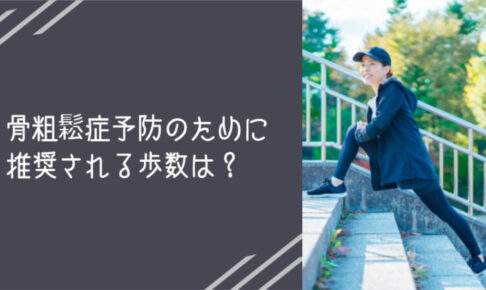
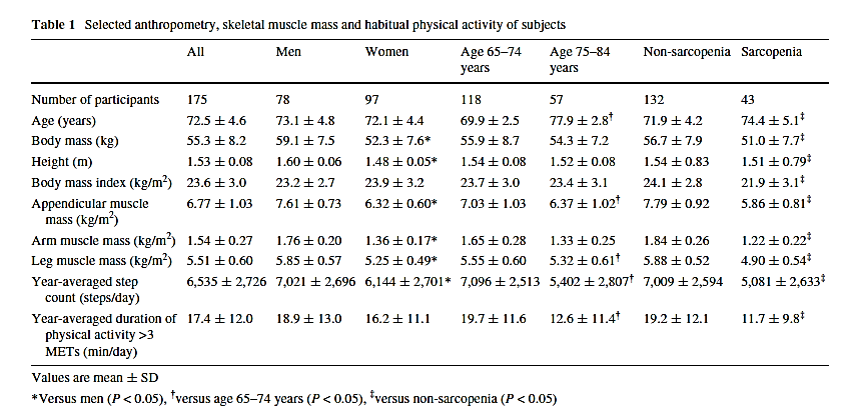

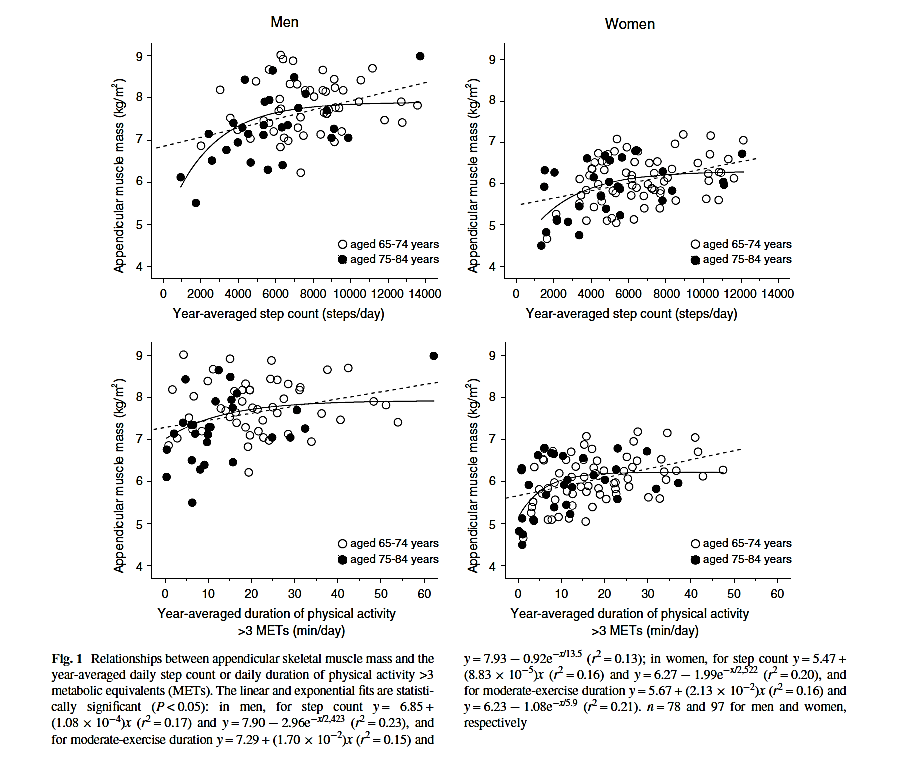
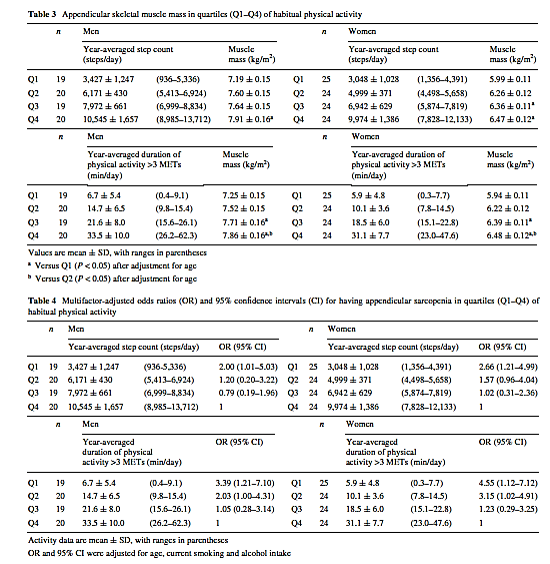
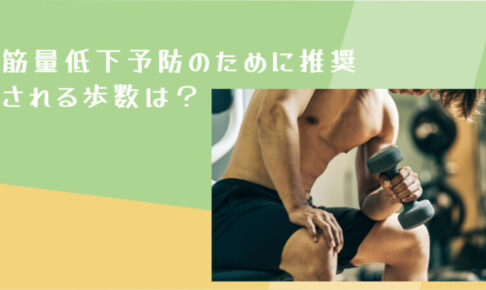


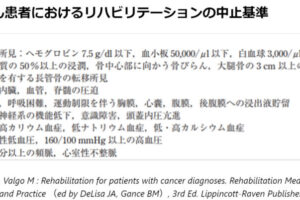
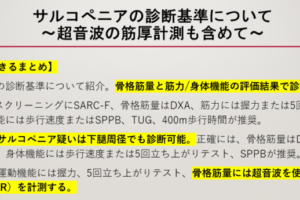
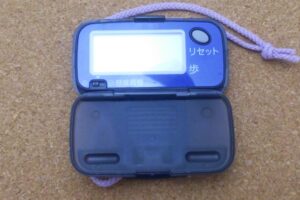

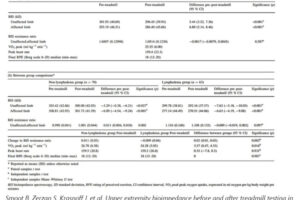
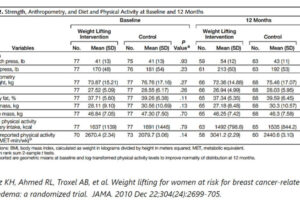
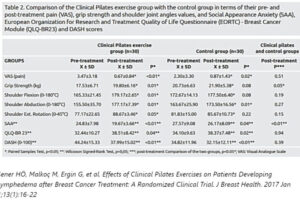
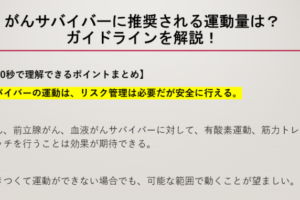









最近のコメント